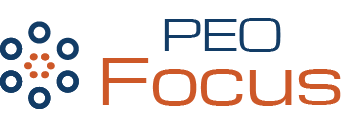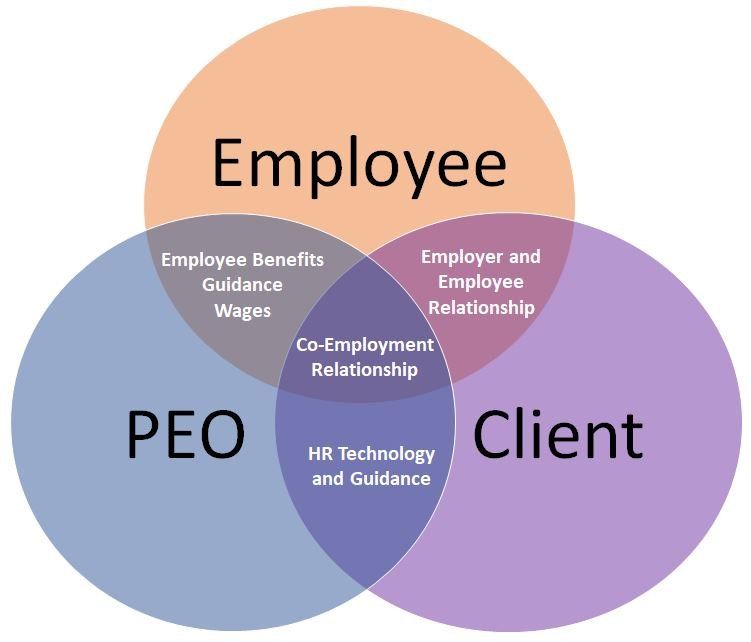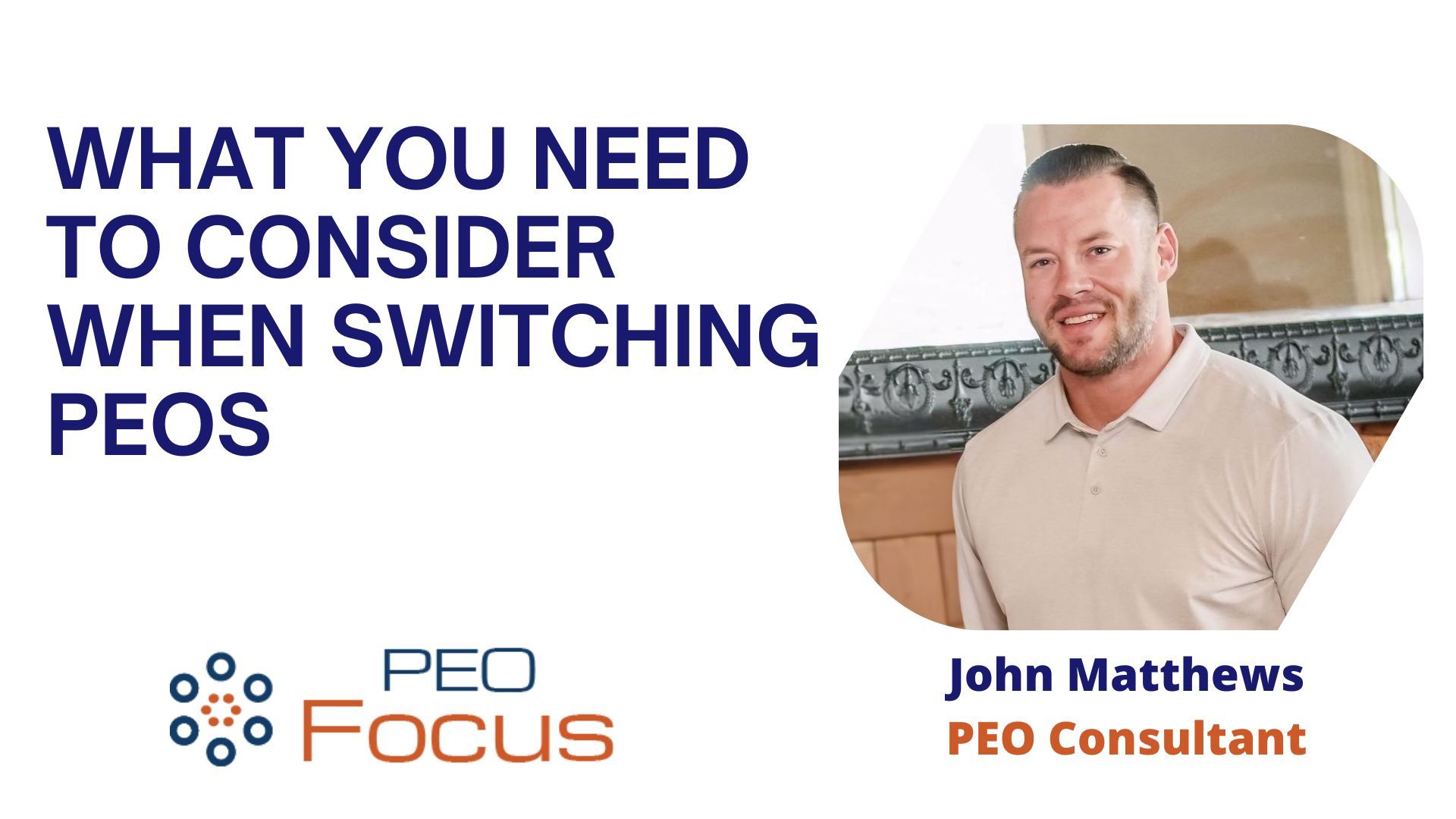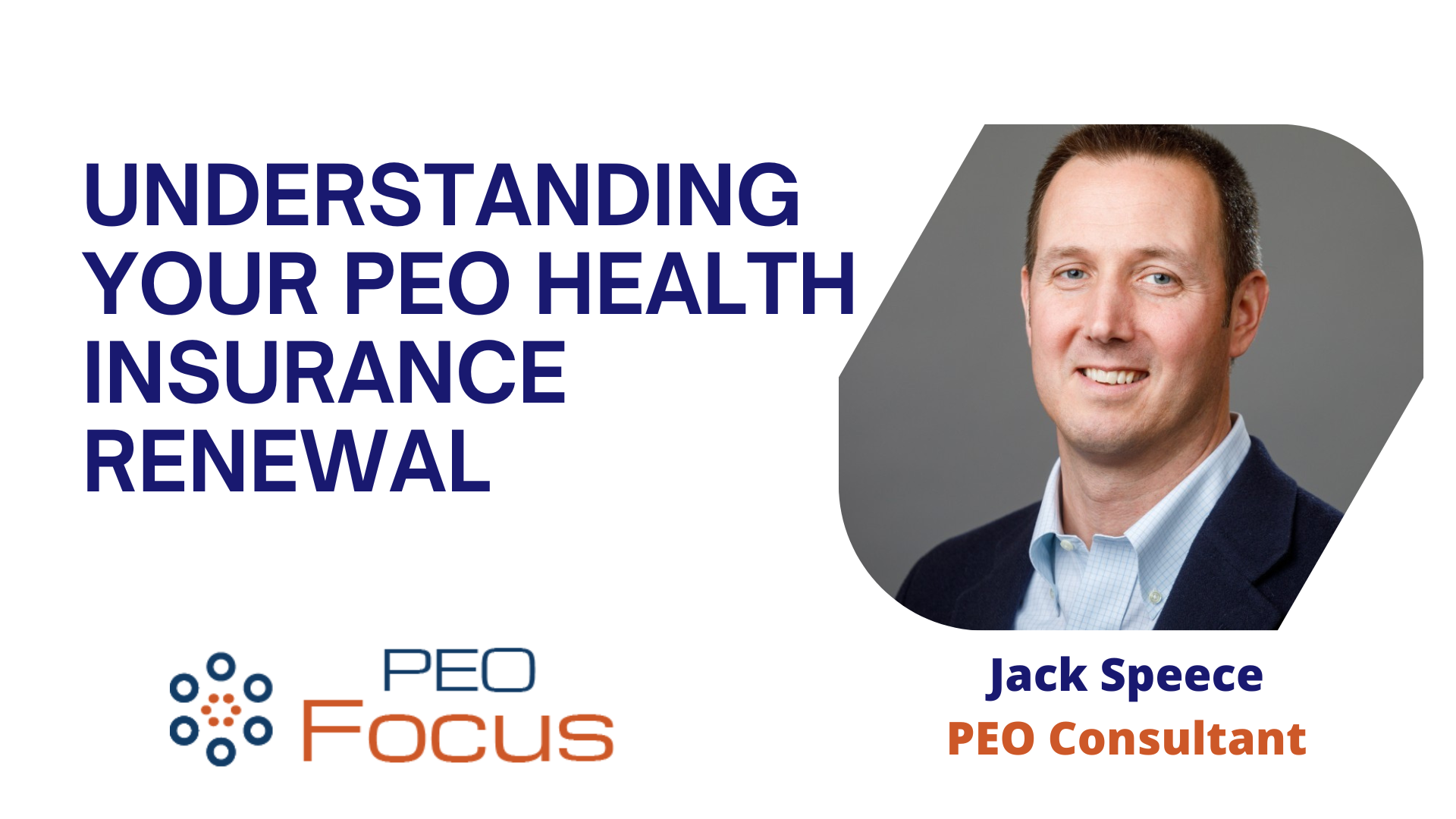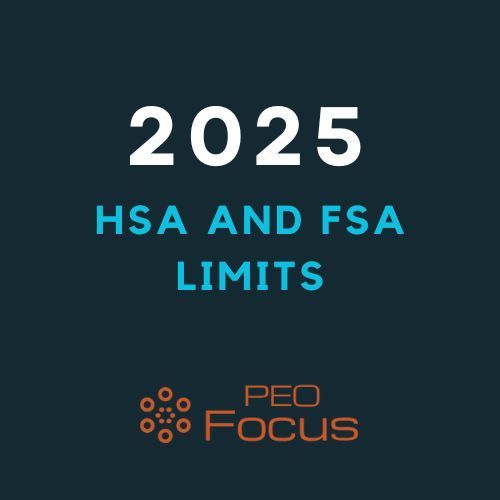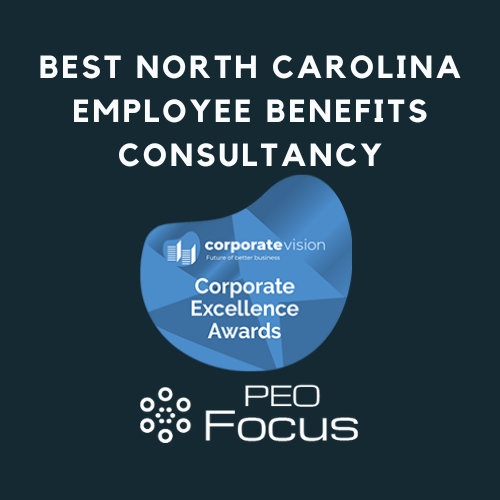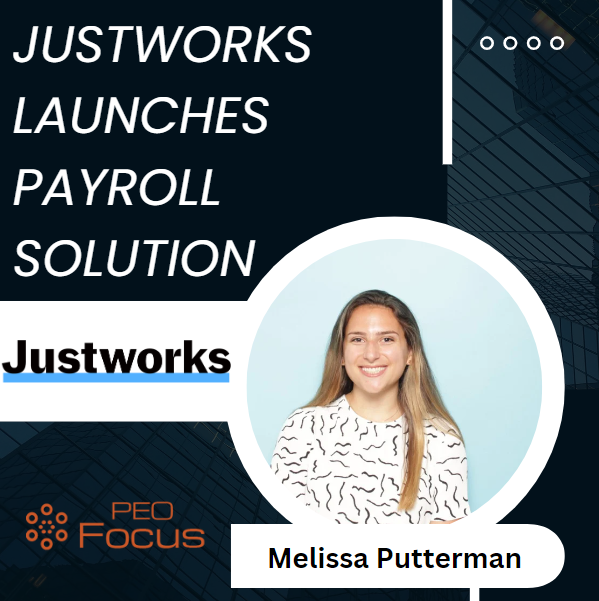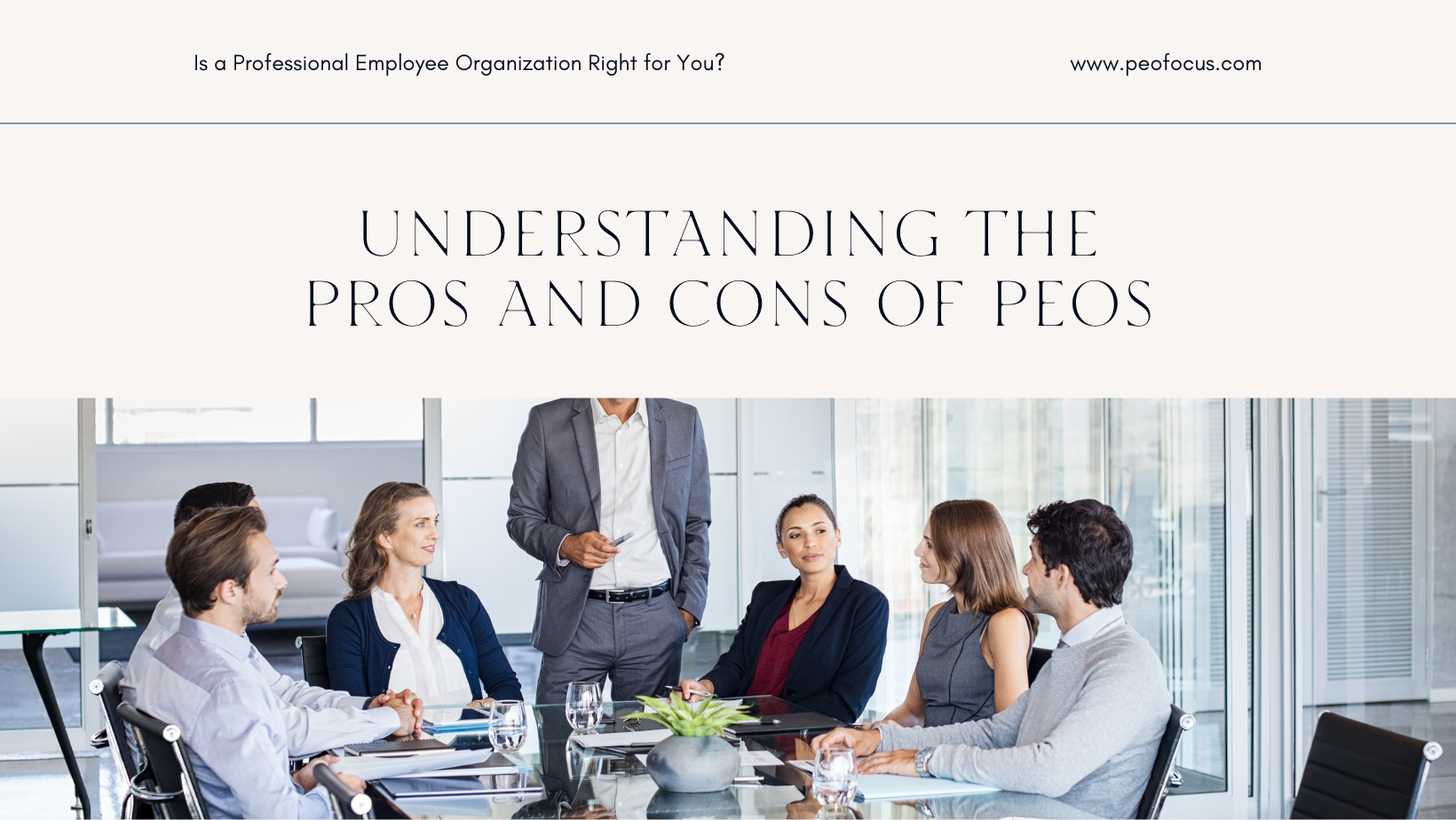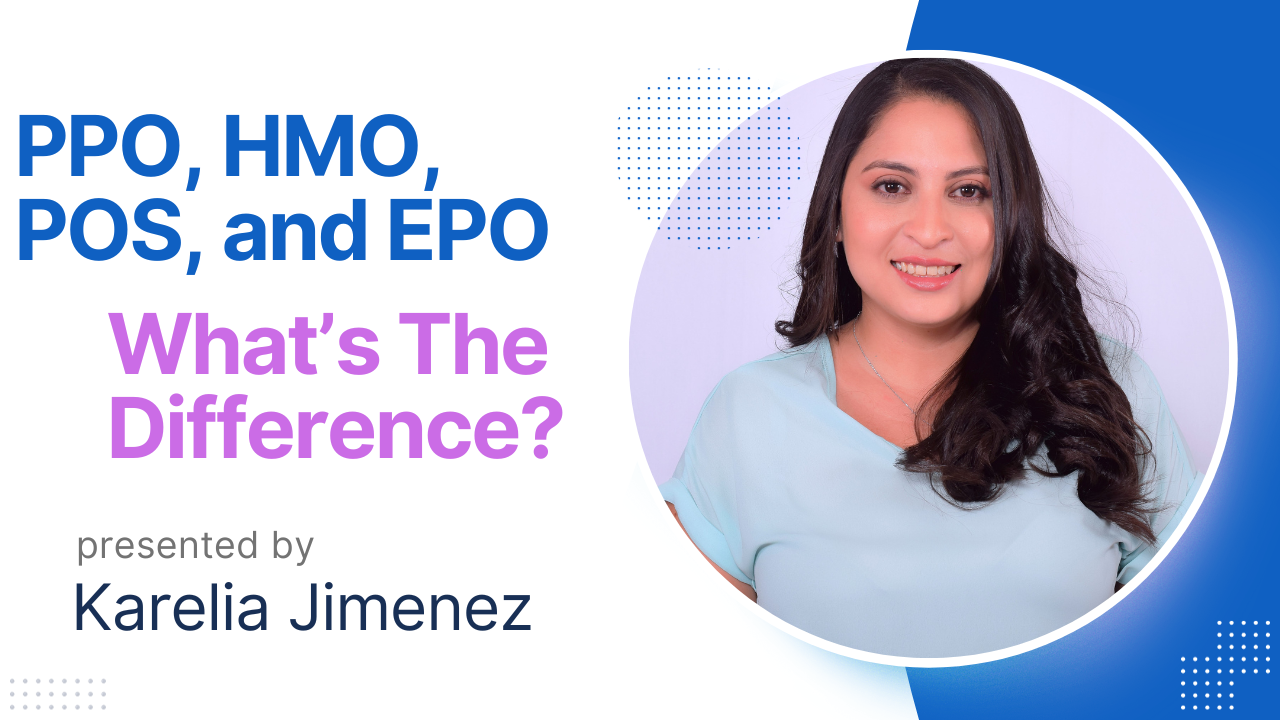Imani Francies writes and researches for the legal site, FreeAdvice.com. She earned a Bachelor of Arts in Film and Media and specializes in various forms of media marketing.
Differences Between an ASO and PEO Solution
Imani Francies • September 12, 2020
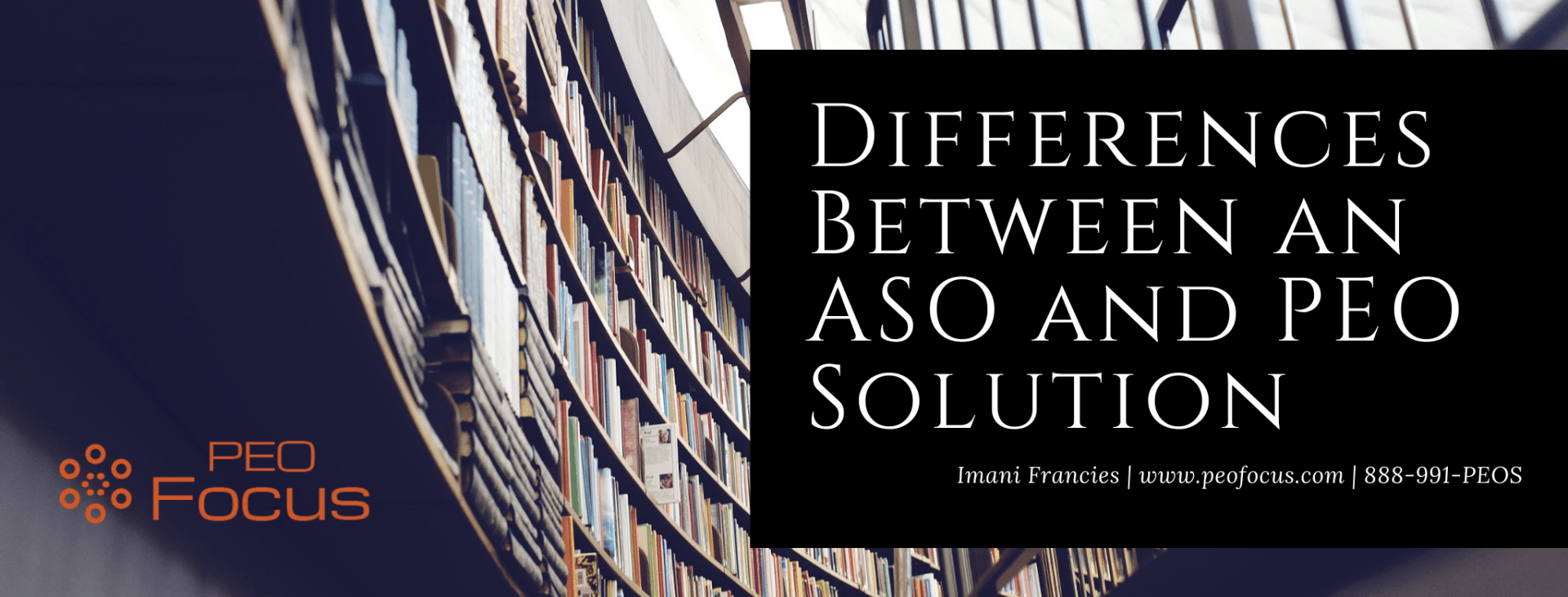
Once a business begins to expand, the owners have to find a way to manage and smoothly operate all of the processes associated with their business. If you’re a business owner, you may feel discouraged in the face of this daunting task. This task can be complicated and managing them all on your own can be time-consuming, if not impossible.
As the business owner recognizes that their company has grown too large to manage on their own, they begin to hire and outsource agencies to manage the employers and the logistics of the business.
There may even be a full-on expansion where a Human Resources (HR) department is added. In these instances, business owners no longer have to answer questions like, “does workers comp cover pain and suffering?” and can instead redirect such inquiries to an HR representative.
Eventually, outsourcing and creating a Human Resources department becomes a necessity since HR is essential to growing a business. The same goes with having to outsource agencies. The two common outsourcing alternatives that companies choose from are Professional Employer Organization (PEO) & Administrative Services Organization (ASO).
What is a PEO?
Those who are new to outsourcing for their business usually do not even know
what a PEO is
when they initially begin their search for help. So for starters, let’s break it down a bit.
PEO stands for Professional Employer Organization.
A PEO is a firm that works with employers and takes on shared responsibility for supervising employees. The PEO enters a co-employment relationship with the company and becomes the employer of record on paper for your employees.
The process of moving your employees under the management of the PEO consists of onboarding employees into the PEO's technology platform and completing an I9 process. The employees will move under the PEO’s federal employer identification number (FEIN) that allow them to take advantage of the benefits the PEO is able to offer as a larger entity.
Once the PEO has brought all of your employees onto the platform, they can now manage
employee benefits, guidelines, policies, and assist with all matters surrounding compliance and human resources. They simplify the administrative pieces of HR and allow smaller companies to scale more easily. Other ways that a PEO can help business owners with their administrative duties include:
- Workers Compensation
- Risk Management
- Human Resources Management
- Compliance
- Employee Health Insurance and Benefits Administration
- Payroll and Tax Services
- Alternate Dispute Resolution
- Employer Liability Protection
What is Co-Employment?
Earlier in this article, we mentioned that a PEO agrees to take on responsibility for the company’s employee and goes into co-employment. But what is co-employment? Well, co-employment is a partnership between the PEO and an employer.
The two parties share the legal employer responsibilities of an employee. This arrangement creates a shared liability between the two, which helps protect small businesses during infringements and any suits from employees.
As a way to protect themselves from any potential legal conflicts with employees, the PEO usually takes control and changes their client’s employment tasks, administrative responsibilities, and employee handbook accordingly.
What is an ASO Solution?
An
Administrative Services Organization
(ASO) offers assistance with managing employees similarly to a PEO but can do so without entering into a Co-Employment relationship. The ASO still handles many of the same responsibilities from an HR standpoint that a PEO does but is unable to allow the clients employees access to their employee benefits.
This makes the biggest difference between an ASO and PEO that ASO’s do not enter into a co-employment relationship. The ASO does handle the company’s payroll and tax filings but still files under the company’s original FEIN number.
The ASO manages the daily aspects associated with running the company’s human resources department, and it also helps the company arrange and secure benefit packages for the employees however these packages are limited to what an organization is eligible for based on their business.
Many companies transition to an ASO model once they become larger in size and have over 100 employees participating in health insurance programs offered by the company.
Differences Between a PEO and ASO
When trying to decide between a PEO and an ASO, you have to decide which would be the right choice for your business. You have to understand the key differences between the two options, as well.
Choosing to outsource a Professional Employer Organization (PEO) allows you to participate in the employee benefit programs offered by the PEO. By using economies of scale and the co-employment relationship companies allow their employees to gain access to employee benefit programs that they would not qualify for on their own. This can often allow companies to offer employee packages that can attract quality employees at the top of the talent pool. This is the main difference between a PEO and an ASO because an Administrative Services Organization does not have a co-employment relationship that can afford companies access to these perks.
The ASO leaves the company with control over choosing the employee’s benefit plans which can be advantageous for larger groups. They still can get the HR guidance, tools, and compliance assistance while looking at the benefits of Self Insured Health Insurance plans.
Commonalities Between a PEO and ASO
The obvious similarities between a Professional Employer Organization (PEO) or Administrative Services Organization (ASO) are its administrative services. How ASO’s and
PEO’s operate and help their clients
are nearly identical when it comes to its administration assistance.
Both a PEO and an ASO oversees the day-to-day operations of the organization and its employees. For small businesses that have limited staff in the Human Resources department or want to free up the time for their HR staff to work on more impactful projects, both of these solutions formulate into the company’s overall business plan to ease the time spent on administrative duties.
These administrative roles expand to tax filing, employee benefits assistance, payroll, employee complaints and concerns, and any other topic associated with compliance and HR management.
Is PEO or ASO a Better fit for Your Business?
Deciding on a Professional Employer Organization (PEO) or Administrative Services Organization (ASO) depends solely on the basis of a company and what the company’s main goal is.
Some owners may benefit from the additional options that are opened up by partnering with a PEO. These will often center around health insurance programs and voluntary employee benefit programs.
Other owners may like the flexibility of an ASO model that pairs well with internal HR employees and the administration of their own health insurance programs.
Ultimately each businesses goals and needs vary so greatly, that each company needs to look at their current state and projected state over the coming years. By going through a deep analysis of their current situation they can then become educated about how both ASO and PEO solutions can make strong impacts on their operations and growth models.
About the Author
